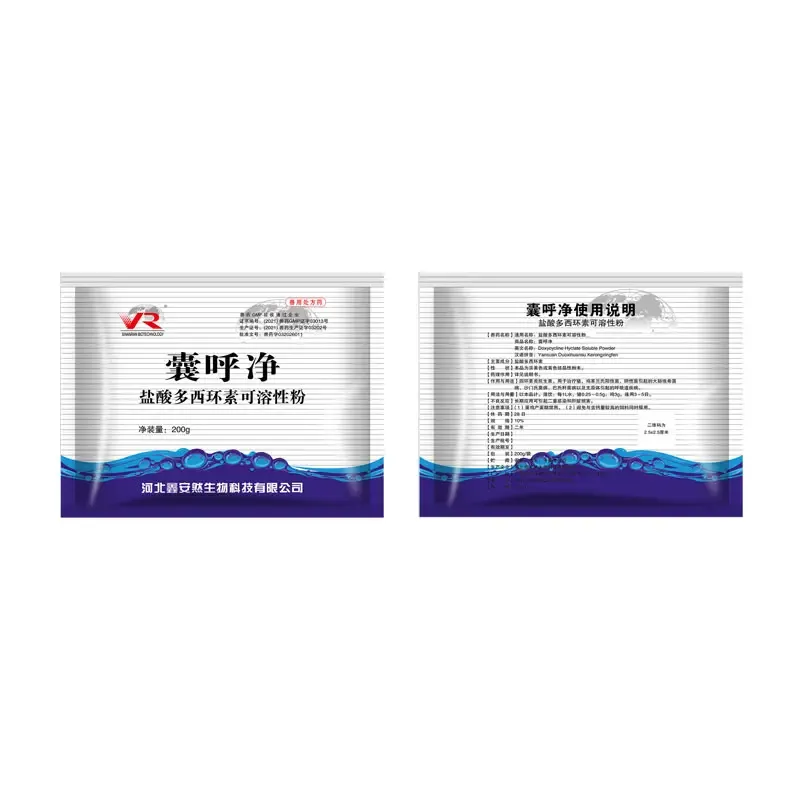- Afrikaans
- Albanian
- Amharic
- Arabic
- Armenian
- Azerbaijani
- Basque
- Belarusian
- Bengali
- Bosnian
- Bulgarian
- Catalan
- Cebuano
- Corsican
- Croatian
- Czech
- Danish
- Dutch
- English
- Esperanto
- Estonian
- Finnish
- French
- Frisian
- Galician
- Georgian
- German
- Greek
- Gujarati
- Haitian Creole
- hausa
- hawaiian
- Hebrew
- Hindi
- Miao
- Hungarian
- Icelandic
- igbo
- Indonesian
- irish
- Italian
- Japanese
- Javanese
- Kannada
- kazakh
- Khmer
- Rwandese
- Korean
- Kurdish
- Kyrgyz
- Lao
- Latin
- Latvian
- Lithuanian
- Luxembourgish
- Macedonian
- Malgashi
- Malay
- Malayalam
- Maltese
- Maori
- Marathi
- Mongolian
- Myanmar
- Nepali
- Norwegian
- Norwegian
- Occitan
- Pashto
- Persian
- Polish
- Portuguese
- Punjabi
- Romanian
- Russian
- Samoan
- Scottish Gaelic
- Serbian
- Sesotho
- Shona
- Sindhi
- Sinhala
- Slovak
- Slovenian
- Somali
- Spanish
- Sundanese
- Swahili
- Swedish
- Tagalog
- Tajik
- Tamil
- Tatar
- Telugu
- Thai
- Turkish
- Turkmen
- Ukrainian
- Urdu
- Uighur
- Uzbek
- Vietnamese
- Welsh
- Bantu
- Yiddish
- Yoruba
- Zulu
Oktoba . 14, 2024 16:18 Back to list
gentamicin sulfate 0 3
Gentamicin Sulfate A Comprehensive Overview
Gentamicin sulfate is a broad-spectrum aminoglycoside antibiotic that has been used in clinical practice since its discovery in the 1960s. Its efficacy against a wide range of gram-negative bacteria, as well as some gram-positive organisms, has made it an important medication in the treatment of severe infections.
Mechanism of Action
Gentamicin works primarily by inhibiting bacterial protein synthesis. It binds to the 30S ribosomal subunit, causing misreading of messenger RNA (mRNA) and leading to the synthesis of nonfunctional or toxic peptides. This action disrupts bacterial growth and replication, ultimately leading to cell death. Gentamicin is particularly effective against aerobic gram-negative bacteria, including Escherichia coli, Klebsiella pneumoniae, and Pseudomonas aeruginosa.
Indications for Use
Gentamicin sulfate is typically indicated for the treatment of serious infections caused by susceptible organisms. These may include sepsis, respiratory tract infections, urinary tract infections, and intra-abdominal infections. It is often used in combination with other antibiotics to enhance its effectiveness and broaden the spectrum of coverage, particularly in empiric therapy for critically ill patients.
In addition to treating infections, gentamicin is also used in certain clinical settings to prevent infections, especially in patients undergoing surgical procedures. Its topical formulations are utilized for treating localized infections and in wound care.
Pharmacokinetics and Administration
Gentamicin can be administered via various routes, including intramuscular (IM) injection, intravenous (IV) infusion, or as a topical application, depending on the type and severity of the infection. The choice of route impacts the pharmacokinetics of the drug, affecting absorption, distribution, metabolism, and excretion.
gentamicin sulfate 0 3

After administration, gentamicin achieves peak plasma concentrations within one hour, with an elimination half-life of approximately two to three hours in individuals with normal renal function. Because gentamicin is predominantly excreted unchanged through the kidneys, renal function can significantly affect its dosing and clearance, necessitating monitoring in patients with compromised renal function to avoid toxicity.
Safety and Side Effects
While gentamicin is generally effective, it is not without risks. Potential adverse effects include nephrotoxicity and ototoxicity. Nephrotoxic effects may manifest as elevated serum creatinine levels and reduced urine output, especially in patients receiving prolonged treatment or those with preexisting kidney conditions. Ototoxicity may present as tinnitus or hearing loss; the risk escalates with higher cumulative doses and prolonged therapy.
Regular monitoring of serum drug levels is crucial to minimize these risks. Therapeutic drug monitoring helps ensure that drug levels remain within the safe and effective range while adjusting dosages based on renal function and response to therapy.
Emergence of Resistance
The emergence of antibiotic resistance poses a significant challenge in the treatment of infections. Some bacteria have developed resistance to gentamicin through various mechanisms, such as enzymatic modification of the drug, alteration of the target site, and efflux mechanisms. This rising trend highlights the need for judicious use of gentamicin and increased efforts to develop new antibacterial agents to combat resistant strains.
Conclusion
Gentamicin sulfate remains a cornerstone in the treatment of serious bacterial infections due to its broad-spectrum activity and relative affordability. However, its use must be carefully monitored to mitigate potential adverse effects and resistance development. As with all medications, a thoughtful and informed approach to antibiotic therapy is essential in optimizing patient outcomes while preserving the efficacy of existing antibiotics for future generations. As research continues, healthcare professionals must remain vigilant in their efforts to understand the pharmacology, indications, and potential risks associated with gentamicin sulfate, ensuring its safe and effective use in clinical practice.
-
Guide to Oxytetracycline Injection
NewsMar.27,2025
-
Guide to Colistin Sulphate
NewsMar.27,2025
-
Gentamicin Sulfate: Uses, Price, And Key Information
NewsMar.27,2025
-
Enrofloxacin Injection: Uses, Price, And Supplier Information
NewsMar.27,2025
-
Dexamethasone Sodium Phosphate Injection: Uses, Price, And Key Information
NewsMar.27,2025
-
Albendazole Tablet: Uses, Dosage, Cost, And Key Information
NewsMar.27,2025













